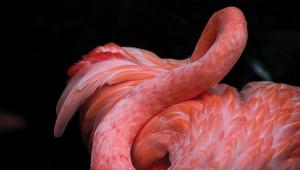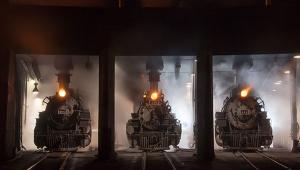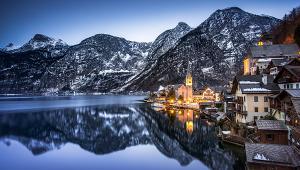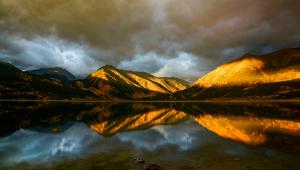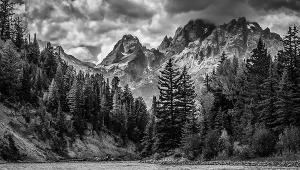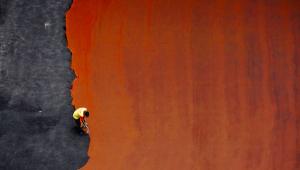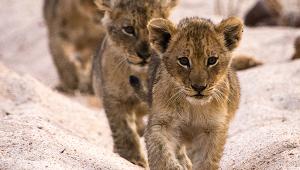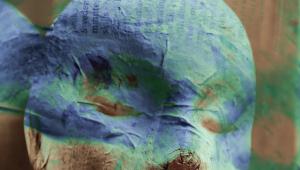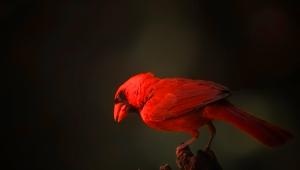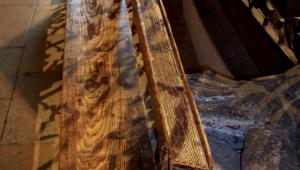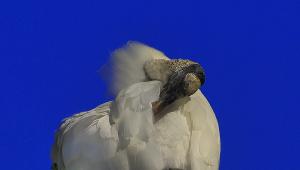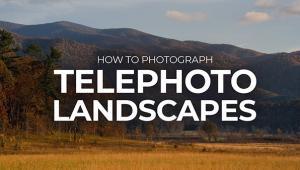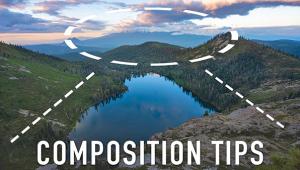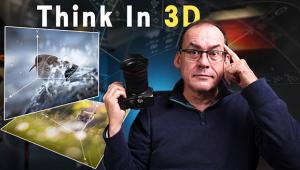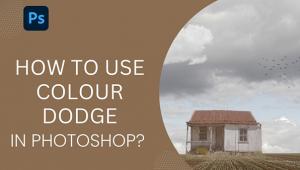Multi Exposure

Film multi’s are always exciting because you don’t have the option of reshooting if the image on playback doesn’t work out. Ellen Schmidt made two images on Agfa Vista 400 film with a Canon EOS Rebel G camera and a Tamron 28-300mm lens. She wrote: “The challenge is visualizing how two images will combine in the viewfinder.”
© Ellen Schmidt
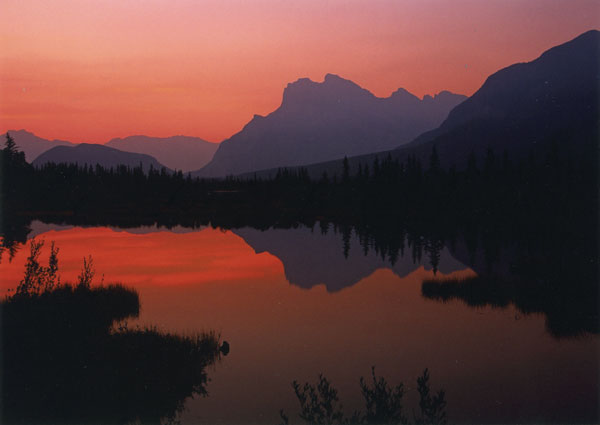
On page 14 of the March, 2013, issue, we inadvertently ran the “Vermilion Lakes Sunrise” photo by Chris Murray upside down. Here is how the photo was intended to be seen:
© Chris Murray
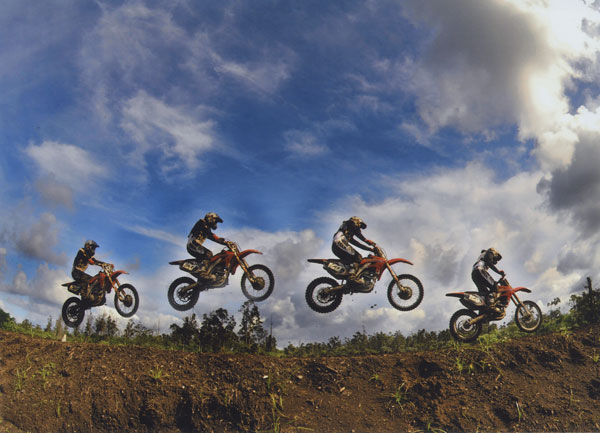
This four-shot sequence of rider Keegan Whaley was made by Jock Goodman during a motocross race in Hilo, Hawaii. Exposures were made using a Nikon D200 and an 18-135mm Nikkor lens on a Gitzo tripod, then combined in Photoshop CS3.
© Jock Goodman

Irwin H. Segel first made two exposures of these tulips, then added to the effect by superimposing three different image sizes over the original exposures. Images were made with a Nikon D7000 and a Nikkor 70-300mm lens.
© Irwin H. Segel

Joseph R. Higgins explored the translucent and the transparent with his multi exposure of this still life. He worked with a Nikon D200 and a Nikkor 18-200mm lens and converted the image in Nik Silver Efex Pro 2.
© Joseph R. Higgins
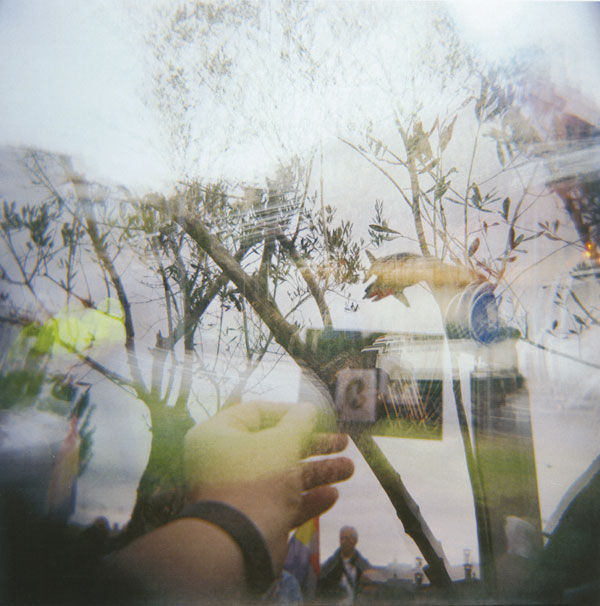
This dreamlike montage of time and place was made by Alan D. Entin in Barcelona, Spain, using a Holga 120S camera and Kodak Portra 160VC film.
© Alan D. Entin

Eva Gryk used in camera techniques, a 6-second exposure with a black card blocking the lens between bursts, to make this image of a colorful fireworks display. She used a tripod and shutter release with a Nikon D90 to etch each burst on the single frame.
© Eva Gryk

To create the sense of motion within a still frame Josh Whetzel made three exposures in camera using a Canon EOS Rebel T2i.
© Josh Whetzel

Steve Whiston captured a sequence of flight patterns of this Blue Angels “starburst” with multiple exposures, which he later sandwiched in Photoshop. He worked with a Canon EOS 5D Mark II and a Canon 70-200mm f/2.8 lens and a 1.4x tele-extender. Exposure of each frame was f/4.5 at 1/1500 sec.
© Steve Whiston

Wayne Wolfersberger set his Nikon D300 for four multiple exposures and activated “auto gain,” which adjusts exposure on the overall shot. Lens was a Nikkor 70-200mm f/2.8 with a 1.7x tele-extender. He wrote: “I used a remote to avoid camera shake but still got a little from others walking on the boardwalk,” a phenomenon not uncommon in wildlife refuges and referred to by experienced shooters as “boardwalk shake.”
© Wayne Wolfersberger
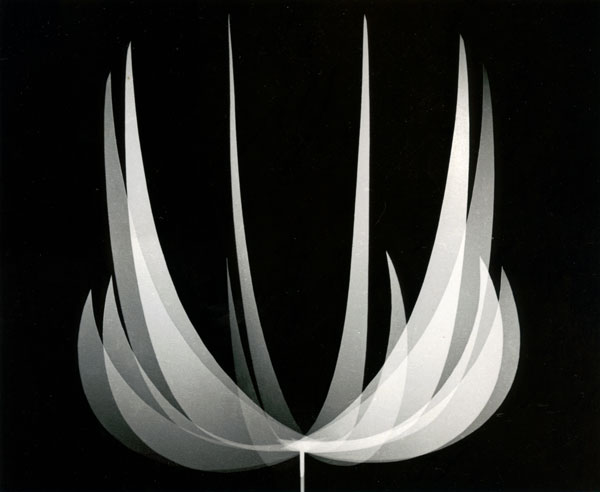
Emilio Fernandez made multiple in camera exposures of this tulip against a black backdrop with a Hasselblad and a 50mm lens on T-Max 100 film. Exposures were at f/11 at 1/30 sec.
© Emilio Fernandez
Picture This! – Our Next Assignment
Shadow Play
When the sun lowers in the sky it’s a great time to come out and play. Shadows run deep and long, and forms grow and distort depending on the direction and intensity of the light and your particular point of view. Our next Picture This! assignment is Shadow Play, and we’re looking for photos where shadows play an important role in both exposure and composition.

© George Schaub
Please Read This
It is important that you read and follow these guidelines. We need to follow
this procedure because of the large volume of images we receive. If you have
any questions, please e-mail us at: editorial@shutterbug.com.
1) Images sent to us cannot be returned. You retain complete copyright over the images, but do grant us permission to print your image(s) in the magazine and on our website, www.shutterbug.com.
2) Because images are not returned please send a quality print or duplicate transparency. We will not accept or view images on CD, ZIP, or any other electronic media.
3) Images will be selected on the basis of content and technical quality. Please mark your outer envelope with the topic of the month (for example, “Wide View”).
4) Enclose a short caption with the image stating camera, lens, film and exposure, plus location. If you are submitting an image with a recognizable person we must have a model release or signed permission from that person to reproduce their image in the magazine and on the website.
5) Please submit no more than three photos for consideration (4x6 up to 81/2x11).
Send your image and information to:
Picture This! Shutterbug Magazine,
1415 Chaffee Dr., Suite #10, Titusville, FL 32780.
Deadline For Submission: June 15, 2013
Images will appear in our September 2013 issue
Our Next Topic: Color Play
Deadline For Submission: July 15, 2013
Images will appear in our October 2013 issue
Please note: We receive hundreds of submissions for Picture This! each month and want to be sure we properly identify each image we publish. Please put your name and all camera, exposure information on the back of the print or attached to slides when submitting. Also, please include your e-mail address in case we need to contact you.
Want to see images selected for past Picture This! assignments? Go to www.shutterbug.com and click on Picture This! in the “More Articles…” box on the homepage.
Please note: If you submit images with an enhancement through software beyond contrast, exposure, and simple saturation adjustments please indicate the software and “filter” used to attain that effect.—Editor
- Log in or register to post comments
